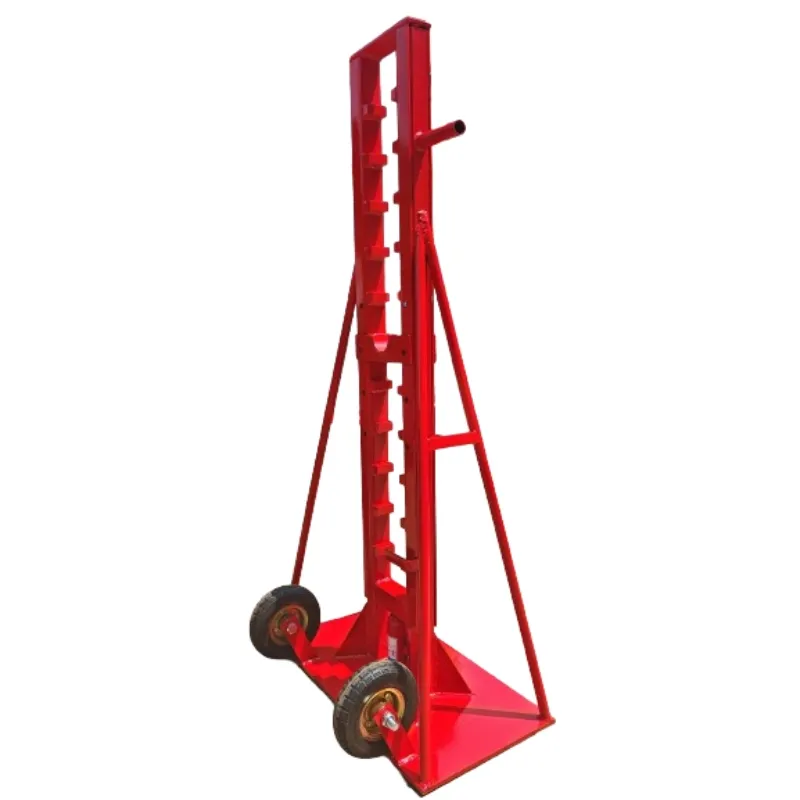
-
 Afrikaans
Afrikaans -
 Albanian
Albanian -
 Amharic
Amharic -
 Arabic
Arabic -
 Armenian
Armenian -
 Azerbaijani
Azerbaijani -
 Basque
Basque -
 Belarusian
Belarusian -
 Bengali
Bengali -
 Bosnian
Bosnian -
 Bulgarian
Bulgarian -
 Catalan
Catalan -
 Cebuano
Cebuano -
 Corsican
Corsican -
 Croatian
Croatian -
 Czech
Czech -
 Danish
Danish -
 Dutch
Dutch -
 English
English -
 Esperanto
Esperanto -
 Estonian
Estonian -
 Finnish
Finnish -
 French
French -
 Frisian
Frisian -
 Galician
Galician -
 Georgian
Georgian -
 German
German -
 Greek
Greek -
 Gujarati
Gujarati -
 Haitian Creole
Haitian Creole -
 hausa
hausa -
 hawaiian
hawaiian -
 Hebrew
Hebrew -
 Hindi
Hindi -
 Miao
Miao -
 Hungarian
Hungarian -
 Icelandic
Icelandic -
 igbo
igbo -
 Indonesian
Indonesian -
 irish
irish -
 Italian
Italian -
 Japanese
Japanese -
 Javanese
Javanese -
 Kannada
Kannada -
 kazakh
kazakh -
 Khmer
Khmer -
 Rwandese
Rwandese -
 Korean
Korean -
 Kurdish
Kurdish -
 Kyrgyz
Kyrgyz -
 Lao
Lao -
 Latin
Latin -
 Latvian
Latvian -
 Lithuanian
Lithuanian -
 Luxembourgish
Luxembourgish -
 Macedonian
Macedonian -
 Malgashi
Malgashi -
 Malay
Malay -
 Malayalam
Malayalam -
 Maltese
Maltese -
 Maori
Maori -
 Marathi
Marathi -
 Mongolian
Mongolian -
 Myanmar
Myanmar -
 Nepali
Nepali -
 Norwegian
Norwegian -
 Norwegian
Norwegian -
 Occitan
Occitan -
 Pashto
Pashto -
 Persian
Persian -
 Polish
Polish -
 Portuguese
Portuguese -
 Punjabi
Punjabi -
 Romanian
Romanian -
 Russian
Russian -
 Samoan
Samoan -
 Scottish Gaelic
Scottish Gaelic -
 Serbian
Serbian -
 Sesotho
Sesotho -
 Shona
Shona -
 Sindhi
Sindhi -
 Sinhala
Sinhala -
 Slovak
Slovak -
 Slovenian
Slovenian -
 Somali
Somali -
 Spanish
Spanish -
 Sundanese
Sundanese -
 Swahili
Swahili -
 Swedish
Swedish -
 Tagalog
Tagalog -
 Tajik
Tajik -
 Tamil
Tamil -
 Tatar
Tatar -
 Telugu
Telugu -
 Thai
Thai -
 Turkish
Turkish -
 Turkmen
Turkmen -
 Ukrainian
Ukrainian -
 Urdu
Urdu -
 Uighur
Uighur -
 Uzbek
Uzbek -
 Vietnamese
Vietnamese -
 Welsh
Welsh -
 Bantu
Bantu -
 Yiddish
Yiddish -
 Yoruba
Yoruba -
 Zulu
Zulu


Dec . 24, 2024 13:01 Back to list
Hand-operated Hoist and Pulley Systems for Efficient Lifting and Rigging Solutions
Understanding the Hand Hoist Pulley An Essential Tool for Lifting and Rigging
In the world of material handling and rigging, the hand hoist pulley has become an indispensable tool for professionals and DIY enthusiasts alike. This compact and efficient lifting device allows users to raise and lower heavy objects with ease, making it an essential piece of equipment in construction sites, warehouses, and even in home garage setups.
A hand hoist, also known as a manual hoist or chain hoist, operates on a simple yet effective mechanical principle. It utilizes a series of pulleys to distribute weight, enabling the user to lift heavy loads with minimal effort. The basic components of a hand hoist include the hoist body, hook, chain, and the pulley system itself. The design of the system allows for mechanical advantage, meaning that the force needed to lift the load is significantly reduced compared to lifting it directly.
One of the primary advantages of using a hand hoist pulley is its portability. Unlike electric hoists, which require a power source and can be cumbersome to transport, hand hoists are lightweight and can be operated without electricity. This makes them ideal for outdoor projects, remote job sites, or areas where power access is limited. Additionally, the lack of electrical components means that hand hoists are generally more durable and require less maintenance.
Safety is another critical factor where hand hoist pulleys shine
. Many models come equipped with safety features such as overload protection and locking mechanisms that prevent accidental disengagement of the load. It is imperative for users to follow safety protocols, including ensuring that the hoist is rated for the weight being lifted and that the load is securely attached before elevating it. Proper training on the correct use of these devices, including understanding the weight limits and the importance of even weight distribution, is also crucial for safe operation.hand hoist pulley

Hand hoist pulleys are available in various lifting capacities and designs, making them suitable for a wide range of applications. From lifting heavy machinery for repairs to hoisting equipment in warehouses, their versatility is unmatched. In addition, many hand hoists feature adjustable lifting heights, allowing users to customize their setup based on their specific needs.
Furthermore, the manual operation of a hand hoist pulley fosters a greater understanding and connection with the material being handled. Users have direct control over the speed and direction of the lift, allowing for careful maneuvering in tight spaces or delicate situations. This aspect is particularly valuable in restoration projects or when lifting fragile items.
While hand hoist pulleys are incredibly useful, it is vital to choose the right type for the job. Factors to consider include the weight of the load, the lifting height required, and the environment in which the hoist will be used. There are specialized models designed for industrial applications that can handle heavier loads, while lighter models are suited for home use.
In conclusion, the hand hoist pulley is an essential tool that exemplifies efficiency, portability, and safety in lifting operations. Its simple yet robust design makes it a go-to solution for a wide variety of lifting tasks. Whether for professional contractors or home improvement enthusiasts, investing in a quality hand hoist can significantly enhance productivity and ensure safe handling of heavy loads. With proper training and adherence to safety standards, users can leverage the capabilities of hand hoists to facilitate their lifting operations and achieve their goals efficiently.
Latest news
What Are Construction Tools and How Are They Used?
NewsJul.11,2025
Professional-Grade Duct Rodding Tools for Superior Cable Installation
NewsJul.11,2025
Enhancing Safety and Efficiency with Modern Hot Stick Solutions
NewsJul.11,2025
Empowering Cable Installation with Advanced Rodder Solutions
NewsJul.11,2025
Elevate Your Cable Installation Projects with Cable Pulling Tools
NewsJul.11,2025
Efficient Cable Handling Solutions: Cable Rollers for Sale
NewsJul.11,2025











